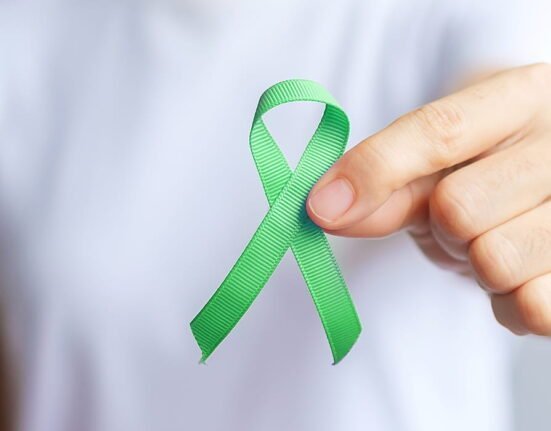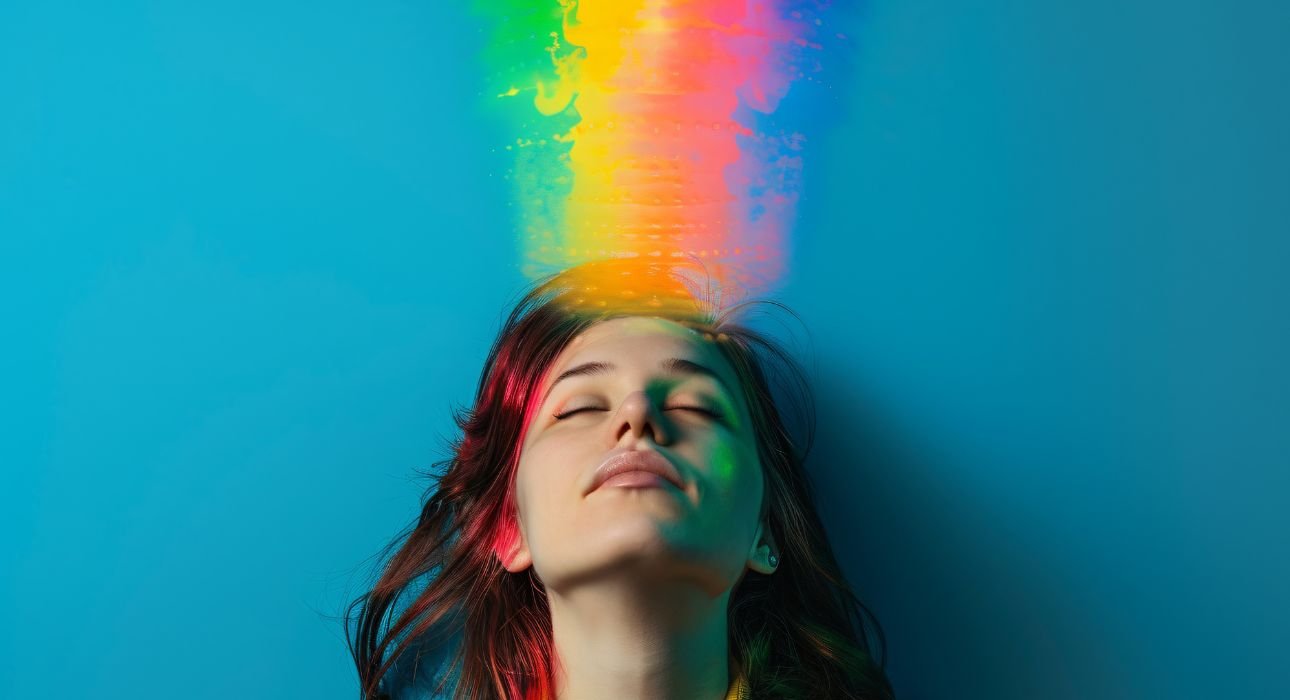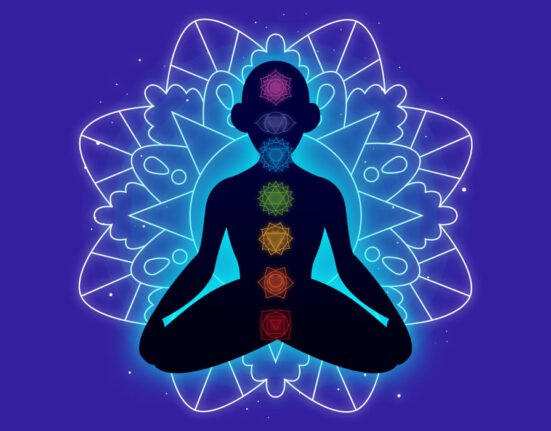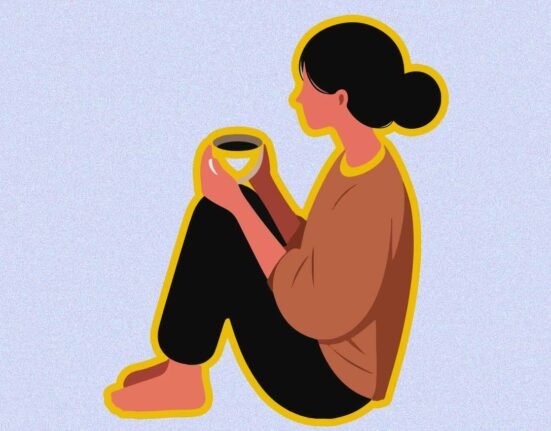When you open your eyes, you encounter several visual stimuli. The wondrous workings of the optic system make it possible for any individual to perceive not only the object but also its characteristics, like shape, size, brightness, depth, motion and colour (McLeod, 2023). While people know that these visual cues shape our perception, fewer realise that they also influence our behaviour
Because their potential to influence human cognition is so powerful, professionals use them as tools in various forms of therapy and even in marketing. The visual cue of colour—essentially an object’s inherent ability to manipulate light (Nassau & Kurt, 2025)—stands out as one of the most prominent tools people use in daily life to shape human behaviour.
Read More: Psychology of Colour
What is Colour Psychology?
The study of the relationship between human behaviour and colour forms the crux of the highly specialised field of ‘Colour Psychology’ (Eiseman, 2000). Researchers aim to understand the physiological responses, cultural differences, behaviours, preferences, and other factors associated with hues, vibrancy, brightness, and other components of colours (Cherry, 2024). This field has existed as a common household practice among Egyptians, Chinese medicine, and even Ayurveda (Elliot, 2015). The historical roots of the field suggest that human society has been aware of the impacts of colour on behaviour and even made attempts to utilise it.
The formal study of colour psychology developed with the work of German poet and artist Johann Wolfgang von Goethe, who, through his book, explained that certain colours elicit certain emotions (Popova, 2021). Goethe called this the ‘Theory of Colours,’ marking the very first endeavour in the field. Carl Jung, a Swiss psychiatrist, later became a prominent leader in the field and developed a variety of colour and art-related therapies to help his clients overcome their trauma. He said, “Colours are the mother tongue of the subconscious.” (Huaixiang, 2013)
Read More: Cultural Impact on Colour Perception: Why It Matters
Understanding the Relation between Colour and Mood
The study of colour psychology has led to a greater understanding of the impact of colours on mood. Despite just being a visual cue, it acts as a stimulus that influences multiple emotional states, consciously or unconsciously.
1. Cool Colours
Purples, Blues and Greens are associated with peace and calm. The reason for these associations lies in biological factors, which suggest that the eye is most sensitive to the colour green. Hence, the eye muscles have to put the least amount of strain to perceive these colours, making it a calm and serene experience (Robinson & Schmidt, 1984).
2. Warm Colours
Red, orange, and yellow are associated with energy and vibrance. Since these colours have a greater wavelength, they are perceived with greater intensity and hold similar significance.
However, the biological factors of perception are not the only reason why associations between colours and moods have formed. Personal experiences, culture, language, and even art have helped establish these associations and consequently shaped the impact of colours on mood. These associations throw insight into why colours elicit different emotional responses. A few commonly witnessed examples are:
- Red is linked with romance, urgency, excitement and aggression.
- Orange is linked with happiness, energy, youth and ruin.
- Yellow is linked with optimism, creativity, warmth and illness.
- Green is linked with nature, growth, prosperity and envy.
- Blue is linked with tranquillity, freedom, wisdom and melancholy.
- Violet is linked with mystery, luxury, divinity and even deception.
Read More: Impact of Colours on Mental Health
Chromotherapy: Using the Colour-Mood Association for Healing
Chromotherapy is the use of the visible spectrum of light to help one’s emotional and cognitive well-being (Ohwovoriole, 2024). It is an age-old technique with modern renditions in the field of art and aesthetic emotions. The already established emotional associations with colours are essentially integrated into an individual’s environment to aid in recovery from illness. It is believed that the energy radiated from the colours, simply in the form of wavelength, helps restore the body’s energy to a level of equilibrium (Ohwovoriole, 2024).
The efficacy and scientific foundation of chromotherapy or colour therapy are highly debated. While some literature suggests that chromotherapy helps alleviate pain (Wiercioch-Kuzianik & Bąbel, 2018), improve sleep, lower stress levels (Oh & Park, 2022) and promote healing, other literature suggests that it is a pseudoscience. However, even though colour therapy is not universally accepted and is only treated as a form of alternative medicine, it is incorporated in multiple settings to influence mood:
- Hospitals and rehabilitation centres will often paint their walls light blue to create a calming environment. This draws directly upon the emotional association of the colour blue with serenity.
- Spas and Wellness Centres will have multiple plants and shrubs to increase the amount of greenery in the space. These foster greater feelings of balance.
- Warning signs and alerts are usually in shades of yellow, orange or red as they are quick to be perceived and spark a sense of urgency.
- Light therapy may be used to tackle seasonal affective disorder or seasonal depression.
Read More: What is Chromotherapy?
Colour as a Tool to Alter Consumer Behaviour
The associations that humans have developed over time with colour need not only be tools that promote recovery and wellness, but also for branding and architecture. Colours can go beyond simply aesthetic or artsy choices but can be wielded as strategic tools to elicit emotions and alter decision-making. Literature suggests that colours can be used to make products or experiences more memorable and appealing to consumers, hence making them more inclined to purchase or indulge in them (Ghuman, 2023). Understanding the psychological impacts of colours can greatly benefit producers by enticing consumers. A few examples of colour being used as a strategic tool to alter consumer behaviour are:
- Fast food brands will often incorporate the colour red in their logos and packaging since it is known to increase one’s metabolism, which in turn increases one’s appetite (Thorndike et al., 2012).
- Supermarkets will often use the shades of green in the organic and produce sections as it symbolises freshness and health.
- Electronics will often have the ‘blue tone’ feature, which not only makes them easier on the eyes but also incites feelings of trust and calm.
- Toys and products aimed towards children will be bright and vibrant since children are not able to perceive dull colours. The saturation of the colours will draw them to the product.
- When advertising sales or limited-time offers, companies will often use the colour red as it symbolises a sense of urgency.
- Brands that like to hint at luxury will often incorporate shades of violet and black.
These calculated efforts of incorporating colours promote them from simply aesthetic choices to instruments that alter consumer behaviour.
Read More: How does the Green Color Impact your Emotions and Behaviour?
Conclusion
Colours are more than simply what we perceive them to be. They are tools that alter emotional and cognitive experiences. Consciously or unconsciously, we allow ourselves to be influenced by the colours that always surround us. Whether it may be the blue tones of our electronics, the green hues of produce sections or the red colour of the danger signs, colours communicate, evoke emotions, improve cognition and even persuade. The use of colours to promote wellness and recovery has allowed the alternative science of chromotherapy to develop. It has also evolved the marketing and branding landscape of today’s industries. Colours move the mind without ever needing to speak.
FAQs
1. Do colours have the same meanings in all contexts?
People often associate the colour red with violence and anger, while they also link it to passion and love. Since these emotions lie on opposite ends of the spectrum, the colour’s impact heavily depends on the environment in which it appears. Therefore, the emotions a colour evokes largely depend on the context in which people use it
2. Does the meaning of colours change with culture?
Yes. People in the U.S.A. associate the colour ‘red’ with danger, violence, and gore, while people in China view the same colour as a symbol of great luck. Western countries celebrate Halloween, which leads people there to associate the colour orange with higher levels of joy. However, people in Eastern countries may not respond to the colour in the same way
3. Has the symbolism of colour impacted language?
Yes. Some common phrases used in the English language are: ‘I feel blue’, ‘All I am seeing today is red’, ‘She turned green with envy’ and many more. Here, we associate the colour blue with the emotion of sadness, the colour red with anger and green with envy. In language, colours have turned into metaphors simply due to the association they share with emotions.
References +
Cherry, K. C. (2024, February 20). Color psychology: Does it affect how you feel? Verywell Mind. https://www.verywellmind.com/color-psychology-2795824
Eiseman, L. (2000). Colors for your every mood: Discover Your True Decorating Colors. Capital Books.
Elliot, A. J. (2015). Color and psychological functioning: a review of theoretical and empirical work. Frontiers in Psychology, 6. https://doi.org/10.3389/fpsyg.2015.00368
Ghuman, P. (2023, March 30). How The Neuroscience Of Color Impacts Consumer Behavior. Forbes. https://www.forbes.com/sites/princeghuman/2023/03/28/how-the-neuroscience-of-color-impacts-consumer-behavior/
Huaixiang, T. (2013). Character costume figure drawing. In Routledge eBooks. https://doi.org/10.4324/9780080954073
Nassau, & Kurt. (2025, July 21). Color | Definition, Perception, Types, & Facts. Encyclopedia Britannica. https://www.britannica.com/science/color
Oh, J., & Park, H. (2022). Effects of Changes in Environmental Color Chroma on Heart Rate Variability and Stress by Gender. International Journal of Environmental Research and Public Health, 19(9), 5711. https://doi.org/10.3390/ijerph19095711
Ohwovoriole, T. (2024, January 12). Color Therapy Types, Techniques, and Benefits. Verywell Mind. https://www.verywellmind.com/color-therapy-definition-types-techniques-and-efficacy-5194910
Popova, M. (2021, June 2). Goethe on the Psychology of Color and Emotion. The Marginalian. https://www.themarginalian.org/2012/08/17/goethe-theory-of-colours/
Robinson, S. J., & Schmidt, J. T. (1984). Fluorescent penetrant sensitivity and removability: what the eye can see, a fluorometer can measure. https://pascal-francis.inist.fr/vibad/index.php?action=getRecordDetail&idt=9621844
Wiercioch-Kuzianik, K., & Bąbel, P. (2018). Color Hurts. The Effect of Color on Pain Perception. Pain Medicine, 20(10), 1955–1962. https://doi.org/10.1093/pm/pny285













Leave feedback about this